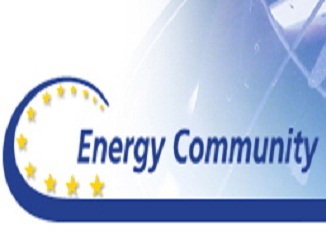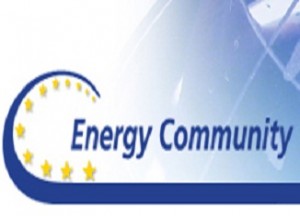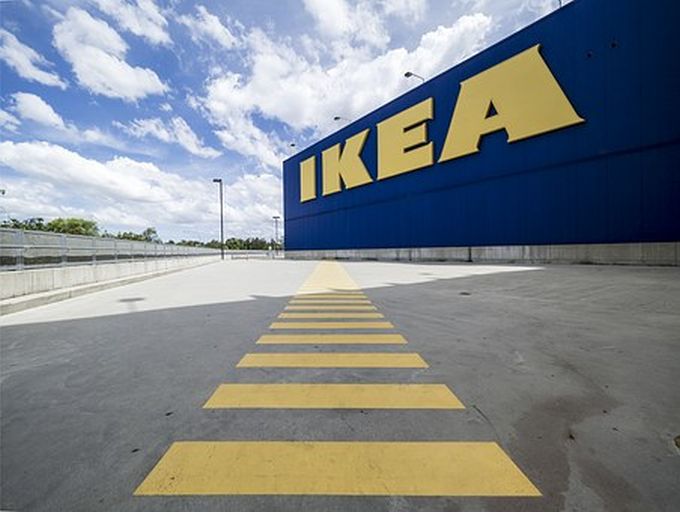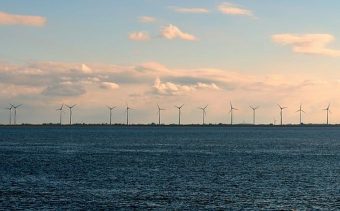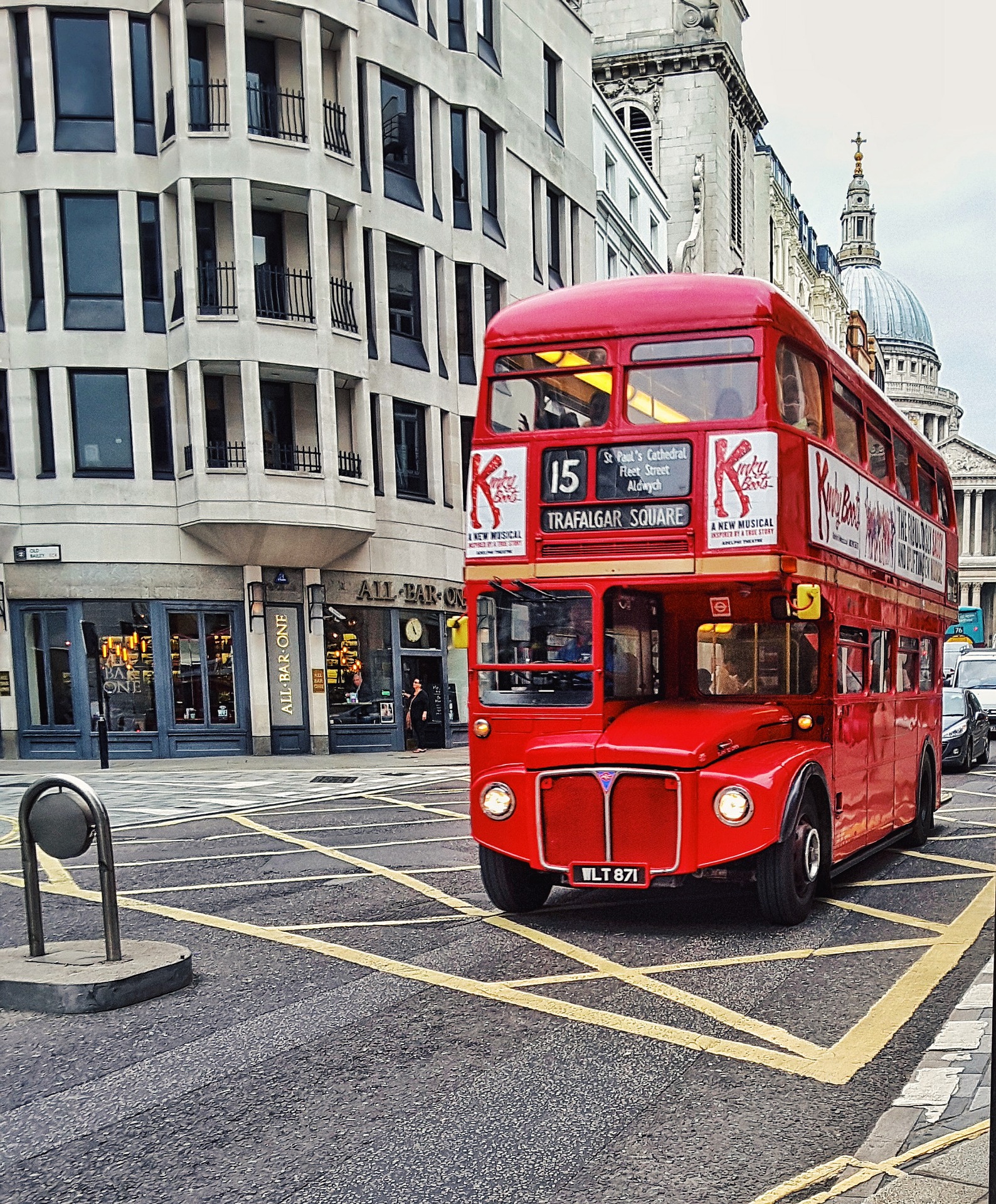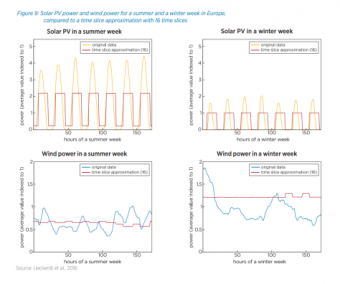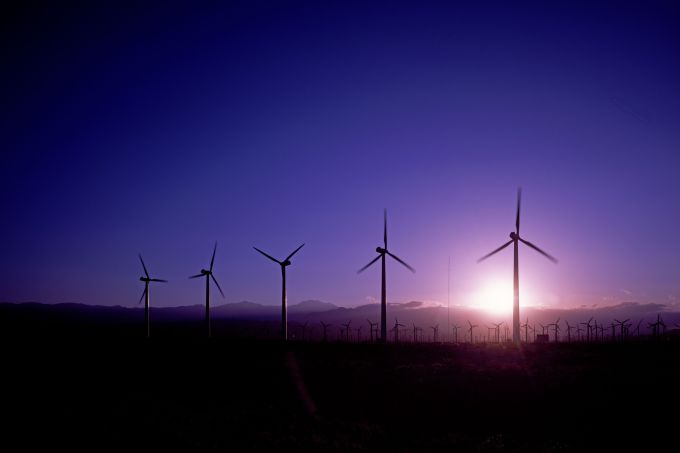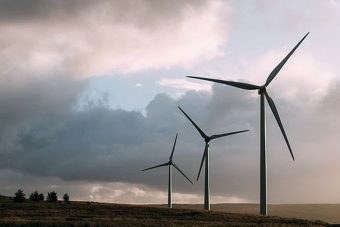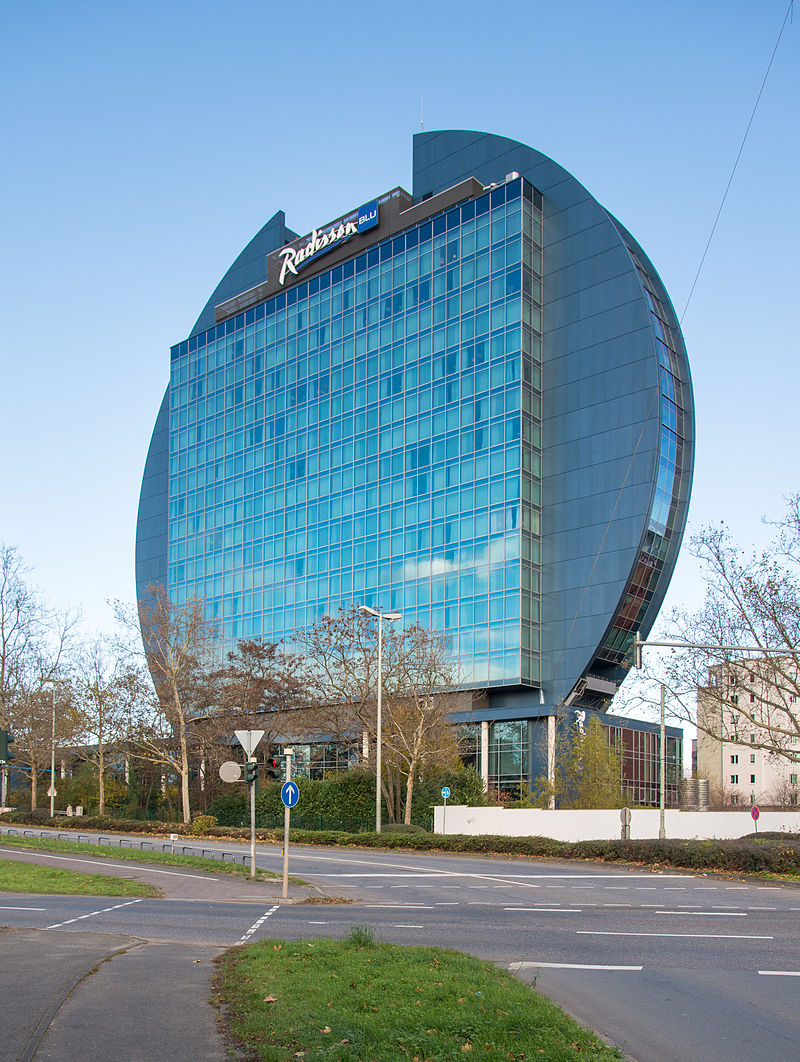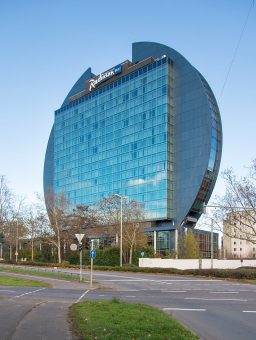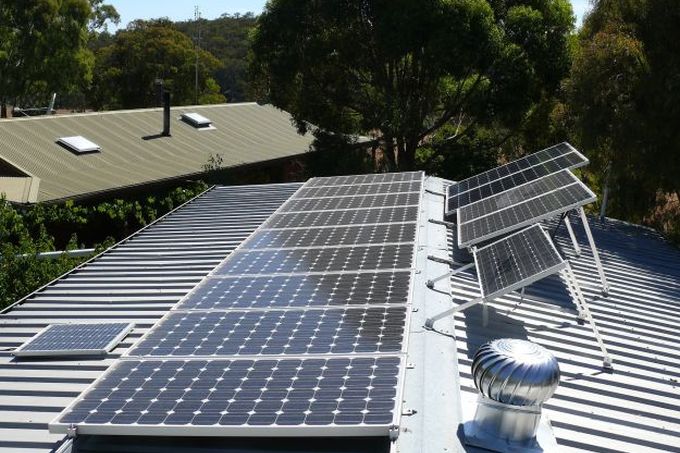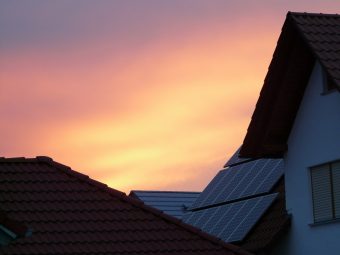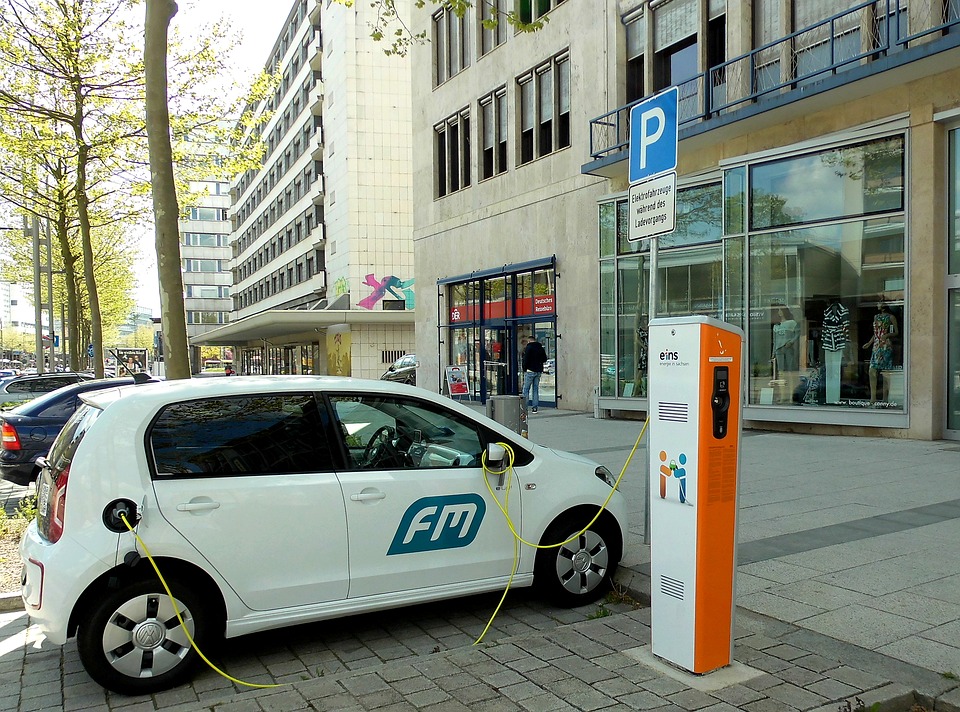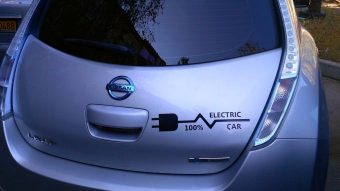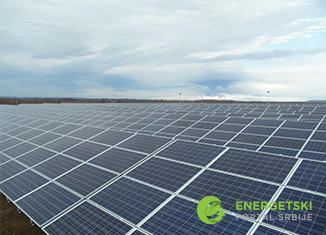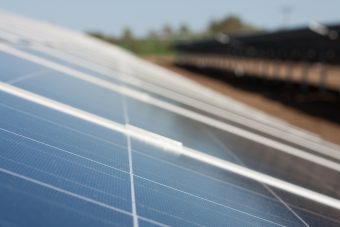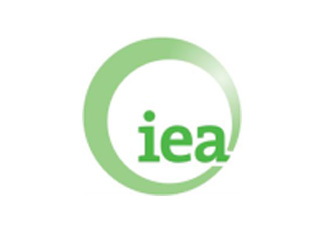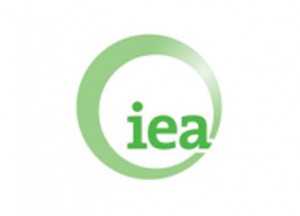
PRETORIA, South Africa – A project aiming to transform organic waste from agriculture and agro-processing industries into renewable energy and organic fertilizer, which in turn will accelerate the development of the biogas market in South Africa, was launched today by the United Nations Industrial Development Organization (UNIDO) in Pretoria. The US$4.22 million project was funded by the Global Environment Facility and raised US$41.88 million in co-financing.
“The project will help micro, small and medium enterprises in South Africa address the need for reliable and affordable energy supply and the challenge of managing organic waste streams. In particular, it will promote market-based deployment of low-carbon technologies for energy production, which is in line with UNIDO’s mandate of promoting inclusive and sustainable industrial development,” said Alois Mhlanga, who manages this project at UNIDO.
In addition, Mhlanga highlighted that the project will help create new and green jobs and support agricultural development through the generation and use of organic fertilizer from the biogas systems.
The project’s launch event was attended by more than 80 delegates from the public and private sectors in South Africa, as well as representatives of multilateral, bilateral, and non-governmental organizations.
During the opening ceremony, Walid Badawi, Resident Coordinator of the United Nations Development Programme, commended UNIDO’s active role in promoting inclusive growth and decent work as well as sustainable development in the country, which are two of the focus areas indicated in the United Nations Strategic Cooperation Framework in South Africa.
Zaheer Fakir, Chief Policy Advisor at the Department of Environmental Affairs, expressed his appreciation of the support provided by UNIDO and GEF. He highlighted the commitment of the Government of South Africa to ensure the success of the project as it brings about multiple benefits to the country and is in line with the national development priorities.
Mark Tiepelt, Chairperson of the Southern Africa Biogas Industry Association, highlighted the important role of biogas as a renewable energy resource in the energy supply mix of South Africa.
Source: unido.org








